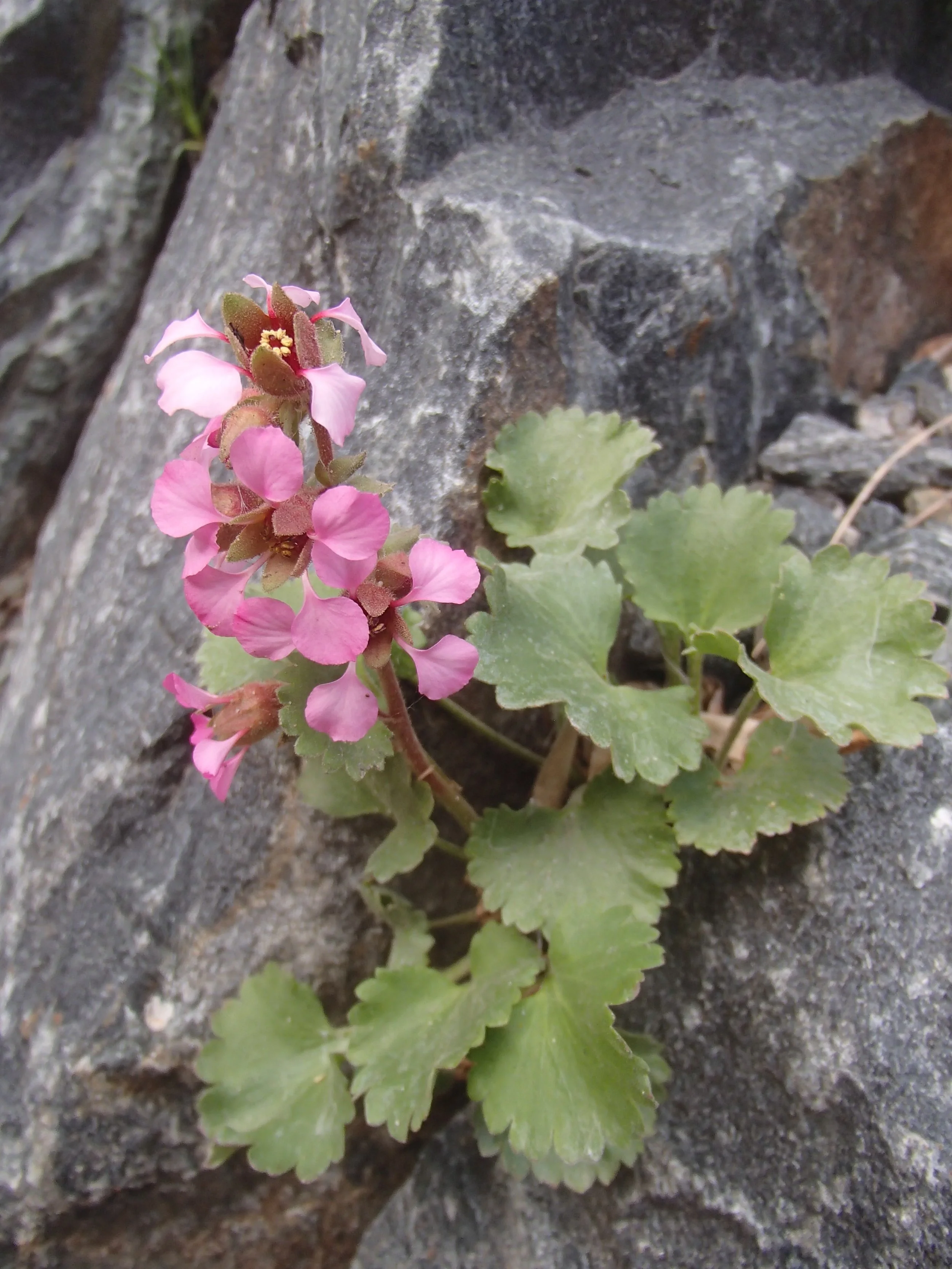


Papaver alpinum-mixed colors
Papaver alpinum, the Alpine Poppy, is a delicate and charming rock garden perennial prized for its finely divided, fern-like foliage and tissue-paper blooms that sway atop wiry stems. Despite its fragile appearance, it is remarkably hardy and adapted to harsh alpine climates. The flowers come in a soft spectrum of white, yellow, orange, pale pink, or apricot—colors that light up gravel beds and rocky outcrops. It blooms over a long season in cool climates, often self-sowing modestly in suitable conditions.
Native Range:
Native to the high mountains of Central and Southern Europe, including the Alps, Carpathians, and Dinaric Alps, Papaver alpinum is typically found in limestone screes, alpine meadows, and exposed rocky slopes at elevations above 1,500 meters.
Ideal for the alpine or rock garden, this poppy thrives in gritty, sharply drained soils with a neutral to alkaline pH. It is best grown in full sun, although it tolerates light afternoon shade in warmer zones. Perfect for crevices, troughs, or raised beds where drainage is optimal. It appreciates cool summers and may struggle in hot, humid conditions.
Papaver alpinum, the Alpine Poppy, is a delicate and charming rock garden perennial prized for its finely divided, fern-like foliage and tissue-paper blooms that sway atop wiry stems. Despite its fragile appearance, it is remarkably hardy and adapted to harsh alpine climates. The flowers come in a soft spectrum of white, yellow, orange, pale pink, or apricot—colors that light up gravel beds and rocky outcrops. It blooms over a long season in cool climates, often self-sowing modestly in suitable conditions.
Native Range:
Native to the high mountains of Central and Southern Europe, including the Alps, Carpathians, and Dinaric Alps, Papaver alpinum is typically found in limestone screes, alpine meadows, and exposed rocky slopes at elevations above 1,500 meters.
Ideal for the alpine or rock garden, this poppy thrives in gritty, sharply drained soils with a neutral to alkaline pH. It is best grown in full sun, although it tolerates light afternoon shade in warmer zones. Perfect for crevices, troughs, or raised beds where drainage is optimal. It appreciates cool summers and may struggle in hot, humid conditions.







